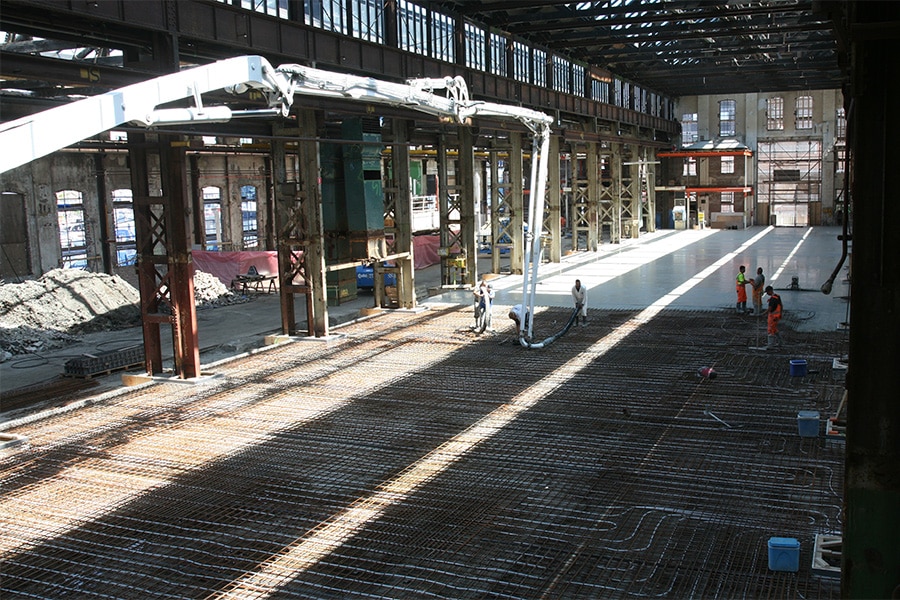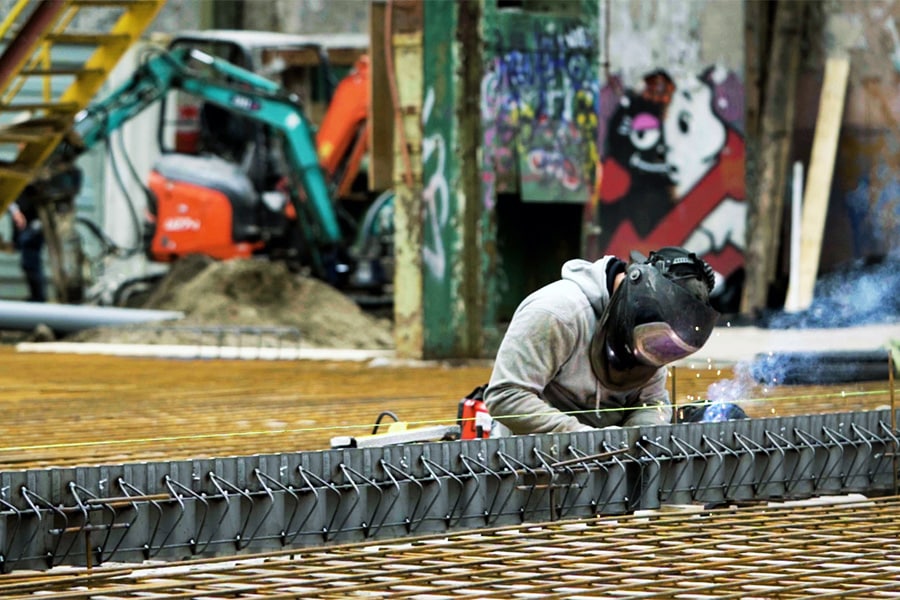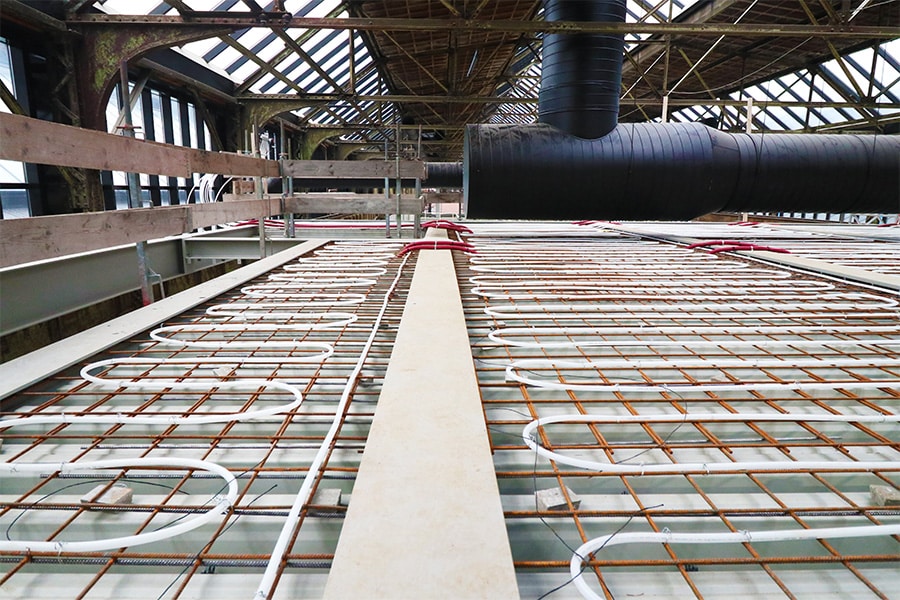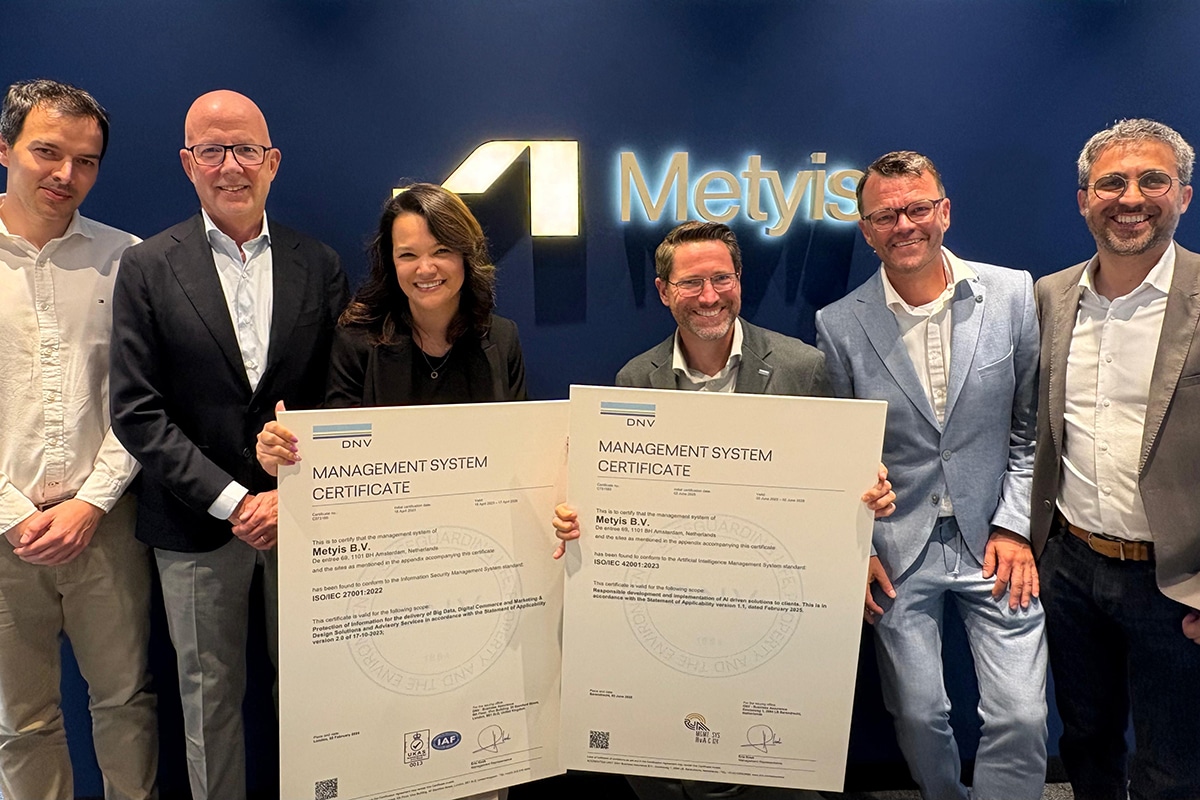
Monitoring concrete structures accelerates innovation needed for sustainability
Data is basis for early warning and predictability
In early March, outgoing Minister of Economic Affairs Micky Adriaansens put a line through the National Growth Fund for the time being. A bad development for the innovation climate in the Netherlands. This is also the opinion of Michel Boutz, senior consultant at SGS INTRON. "Innovation is badly needed to achieve the climate goals and should therefore not be allowed to stagnate."
In his own field, the imaging and forecasting of the degradation of concrete and concrete structures, the Netherlands, and SGS INTRON in particular, also plays a leading role. "One of the goals our monitoring can serve is to accelerate and drive innovations," Boutz said. "Especially in the field of concrete sustainability, many developments are currently taking place. Building components in which innovative concrete types have been used are measured and monitored by us. On the basis of all that data, rapid further development and innovation can take place. Sustainability is therefore an important pillar on which our services are based."

Quality Promotion
SGS INTRON has been concerned with construction quality for more than fifty years, particularly in the Netherlands, but also internationally. Roughly speaking, the organization's services fall into four parts: laboratory services, certification (both of its own labels and those developed by others), inspections and consultancy. The core of these services is to establish, secure, improve and predict quality. In principle, concrete has a very high service life. However, errors in design, detailing and/or execution can adversely affect this. When a problem arises, the first priority is to ensure safety. Monitoring of critical parameters can be used to keep a structure safe for as long as possible. This is also relevant because it enhances users' sense of safety.
Visualizing quality takes place largely on the basis of inspections. Michel Boutz indicates that SGS INTRON has a large Inspections unit at its disposal. "Monitoring based on periodic technical inspections, sampling and laboratory testing remains an important way to monitor the condition of structures. However, with technology becoming cheaper and more advanced, there is a shift to more and more monitoring through sensors. We can now measure an enormous amount and new methods are still being added." Given the many possibilities, Boutz says a clear assignment beforehand is important. "We will always tightly frame with clients what exactly needs to be monitored and why. Then we look at what critical parameters there are, which sensors fit them and what is budget-wise possible."
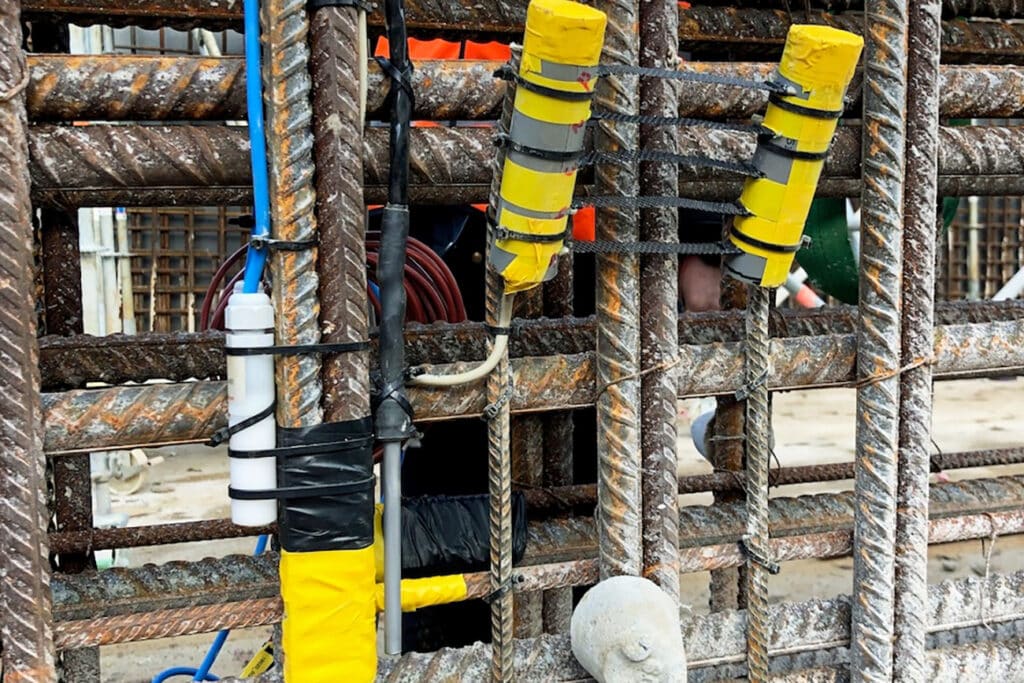
Levvel blocks
In recent years, Boutz has focused on doing research on the durability of concrete.
Again, a split between practical tests and sensor-based measurements. On the Afsluitdijk there is a test site for sustainable concrete in which eight innovative concrete mixtures are exposed to the toughest conditions. Of these mixtures, 32 so-called Levvel blocks were made. These are among 75,000 other Levvel blocks and are being monitored for ten years by SGS INTRON on behalf of Rijkswaterstaat. This is done on the basis of an annual visual inspection and laboratory examination of samples after 1, 2, 4, 7 and 10 years. Meanwhile, Rijkswaterstaat has made available a second test site for sustainable concrete in IJmuiden. This will also be monitored by SGS INTRON.
Another example of monitoring the application of innovative concrete types is the railroad underpass in Heiloo, where geopolymer concrete was used in a reinforced intermediate wall. The monitoring of this wall is based on sensors and for a period of 10 years. For the partition wall, Boutz says, particular attention is paid to the risk of reinforcement corrosion. "We monitor the temperature of the concrete and the penetration of moisture. Furthermore, we measure the steel potentials in order to gain insight into the risk of (future) corrosion of the reinforcement. Ideally, we would also measure pH or chloride levels with sensors, but those sensors are still in the development phase." At the same time, a test wall of the same geopolymer concrete is also monitored with periodic inspections, sampling and lab tests. "The combination will give us a sharp picture of how this innovative material behaves," he said.
Early warning
SGS INTRON is also a participant in the Center for Underground Construction. Within it, as project leader of a working group, Boutz conducts a lot of research on the degradation of materials in tunnels. "Many of the tunnels in the Netherlands are relatively old. It is important to know what damage could possibly occur due to material degradation and what sensors we have available to monitor this degradation, as well as deformations. We have made an inventory of these. The ultimate goal is that, based on all the data we are going to record, we will arrive at an early warning system for durability problems and to be able to schedule timely preventive maintenance. But really, early warning and predictability is at the heart of everything we do. For that, it is important that we can continue to innovate."
